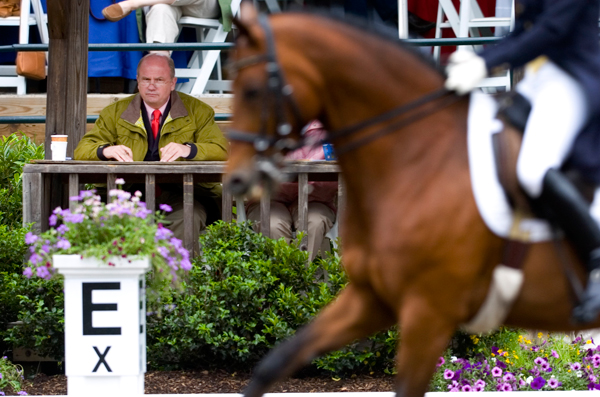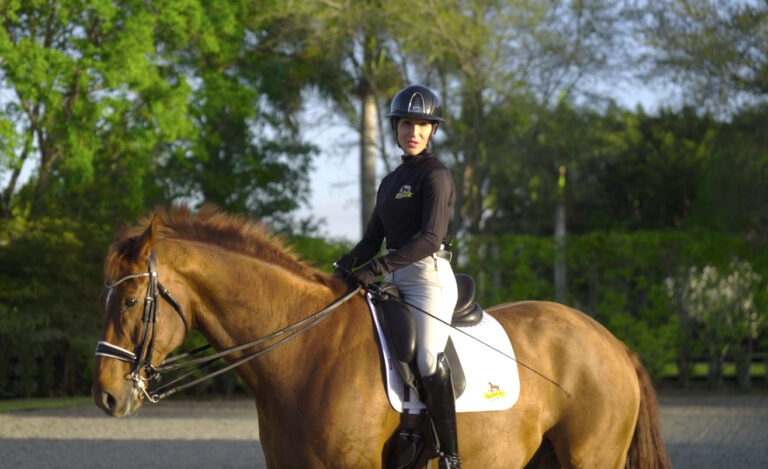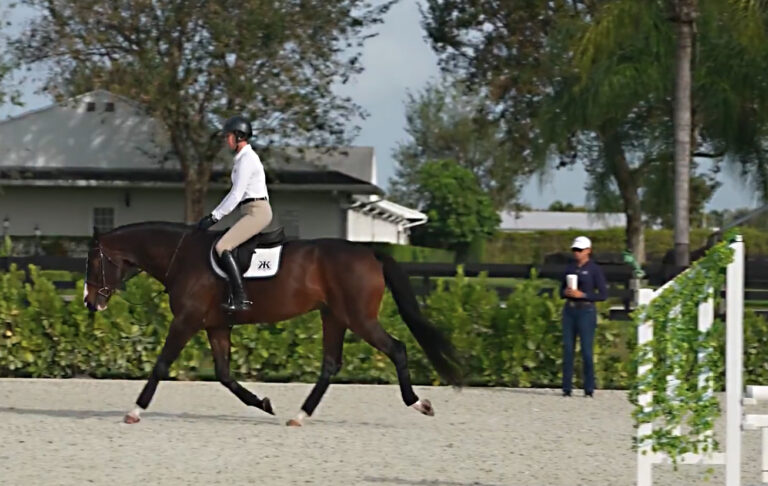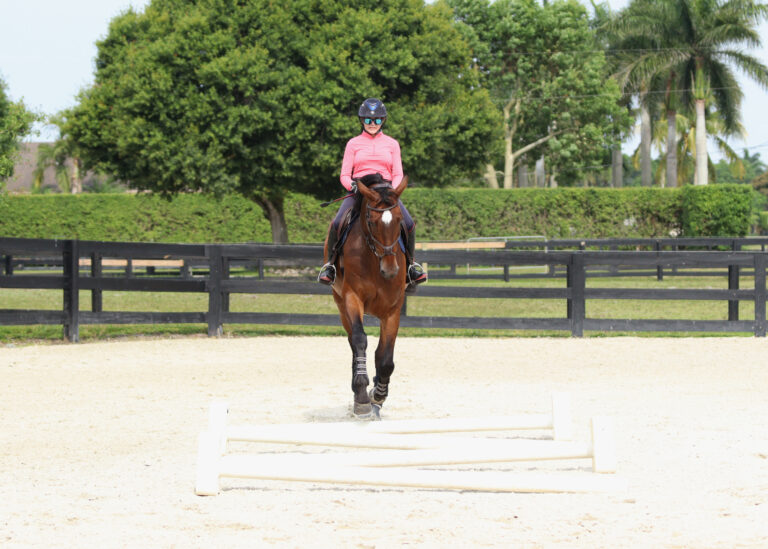Q: Can you please explain the judge rating system for dressage shows (of all levels—schooling, recognized, national and international)? What do the different USDF, USEF and FEI ratings mean, and what is required to achieve each rating?

MARILYN OGDEN HEATH
A: All judges qualified to officiate at recognized dressage shows in the United States are either licensed through the U.S. Equestrian Federation or the FEI (International Equestrian Federation). The former governs national competitions while the latter governs international competitions. The U.S. Dressage Federation does not license any judges, although it is integrally involved in the education of judges through its “L” education program as I’ll explain a little later.
At schooling shows, there are no requirements for judges’ credentials, although I would strongly encourage show organizers to hire USDF “L” graduates or USEF-licensed judges whenever possible. Either way, the ideal is to hire people qualified through the levels at which they are judging (so riders never perform in front of judges less knowledgeable than themselves).
For recognized shows, here is how the judge ratings break down:
USEF judges
- “r” (“recorded” or “small r”)—licensed to judge through Second Level
- “R” (“registered” or “large R”)—licensed to judge through Fourth Level
- “S” (“senior”)—licensed to judge through Grand Prix at national
- competitions
DSH (“dressage sport horse”)—licensed to judge in-hand classes. This certification is broken into two levels: “r” and “R,” which are comparable to the recorded and registered titles described above.
FEI judges
- 2* (“new”)—licensed to judge a limited range of international competitions through Prix St. Georges and Intermediaire I (including 3* small-tour competitions and CDI 1* and 2* competitions); this rating is for judges whose home countries have no Grand Prix classes.
- 3* (formerly known as “international candidate” or “C”)—licensed to judge international competitions through Grand Prix, except for Olympic Games, FEI Grand Prix Championships and CDIs above the 3* level
- 4* (formerly known as “international” or “I”)—licensed to judge most international competitions, excluding the Olympic Games and World
- Championships
- 5* (formerly known as “official international” or “O”)—qualified to judge all international competitions
There are several additional designations and training programs for a growing list of special dressage classes, such as equitation and young horse classes. These are all spelled out in the USEF and FEI rulebooks.
To obtain a USEF license, judges must go through a rigorous program of classroom and hands-on training, practice judging and both written and practical testing. Before applying, they must achieve a certain number of scores above a minimum percentage at or above the specified level to prove that they are skilled riders. And they must judge a minimum number of tests at a required level before applying for a higher judge rating.
Entering the FEI program requires a specified amount of national judging experience as well as a recommendation from your national governing organization (in this country, the USEF). Prospective judges then go through a combination of training, apprenticeship and testing similar to the USEF program.
Our country’s judge-training program is regarded internationally as among the best in the world. I think this is due to the USEF judges’ programs and especially to the USDF “L” education program, which provides a comprehensive foundation not only for aspiring judges but also for riders, trainers and other dressage enthusiasts. Open to all USDF members, the “L” program consists of two parts: educational sessions (“The Judge’s Perspective”) and evaluative sessions (including a final exam). Although some participants conclude at the end of the program that judging is not for them—it is more expensive, less glamorous and involves more arduous work and travel than many people realize—most of them love the experience.
A USEF rule requires “r” applicants to first graduate from the “L” program with distinction (minimum scores of 80 percent on the written exam and 70 percent on the practical exam). Judges who were certified before this rule was put in place are encouraged to audit an “L” program. This ensures that all judges officiating in this country are working to uphold the same high standards, which is essential for maintaining the integrity of the sport. By keeping this system strong, judges can help riders avoid falling into the trap of point- and award-chasing, which makes them lose sight of the true purpose of dressage: training the horse.
Before becoming a USEF “S” dressage judge, Marilyn Ogden Heath competed through Grand Prix (including in the CDI at the 1986 World Championships in Ontario, Canada) and earned her USDF bronze, silver and gold medals. She joined the “L” program faculty in 1992, took over the chairmanship of the program in the early 2000s and held the position for 10 years. She has played a vital role in its development and success. Now based in Naples, Florida, she was a longtime volunteer for the Delaware Valley Combined Training Association. She serves on multiple committees, including the USDF “L” program committee and the USDF judges committee. Last year she was awarded the USDF Lifetime Achievement Award.
This article originally appeared in the April 2014 issue of Practical Horseman.











